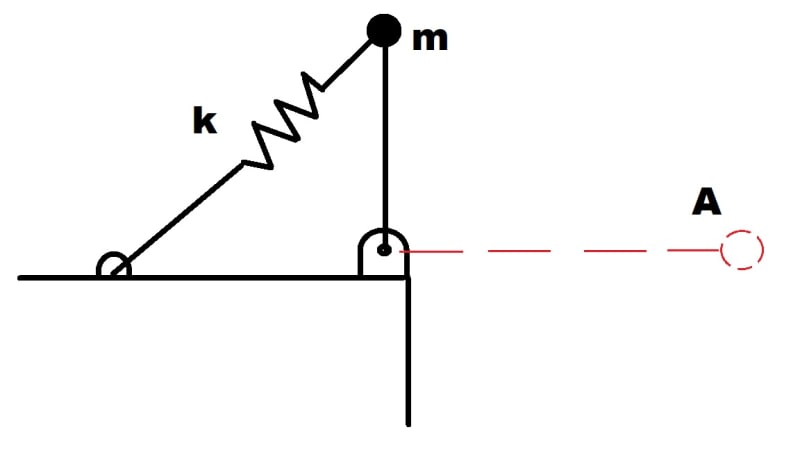Lisa_247
Aerospace
- Jan 24, 2020
- 8
We are looking to take on an Aerospace Mechanical Engineering apprentice and I would like to give the candidates a problem to solve during the interview. I dont want anything too technical, just something that will give us an insight into how they approach problem solving, we are looking for someone who thinks logically but also thinks outside the box. Does anyone have anything I can use, or does anyone have any ideas please? Many thanks 

